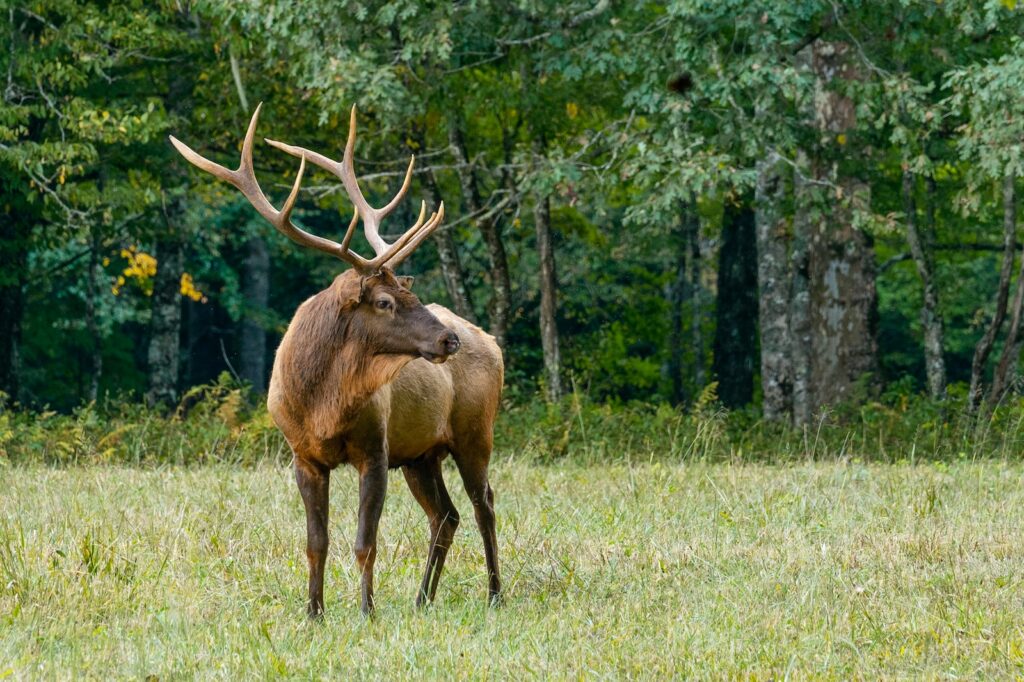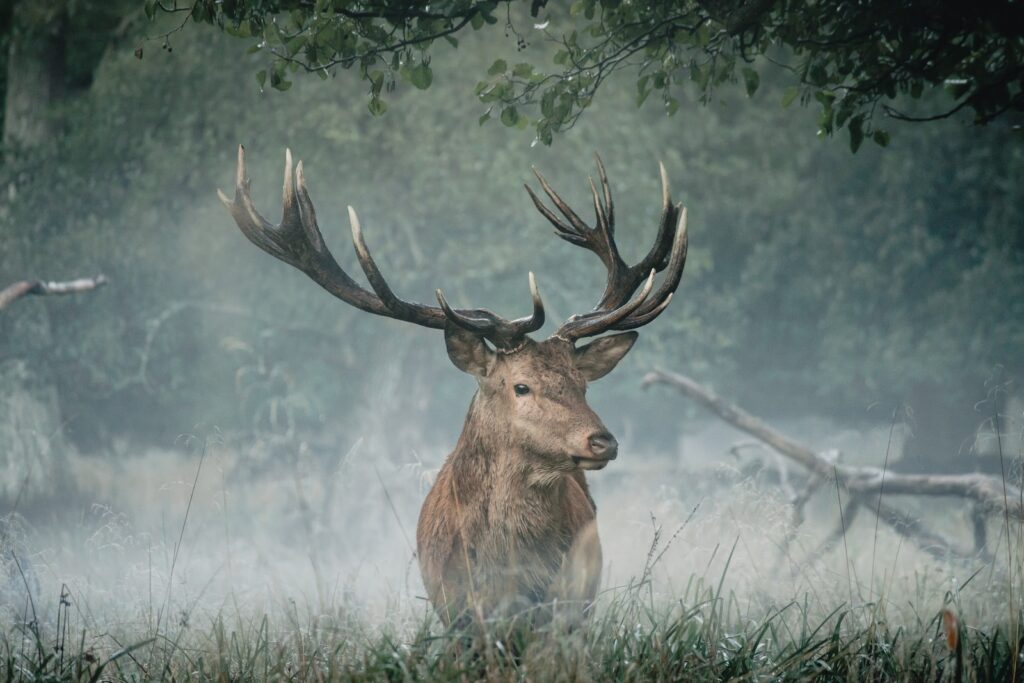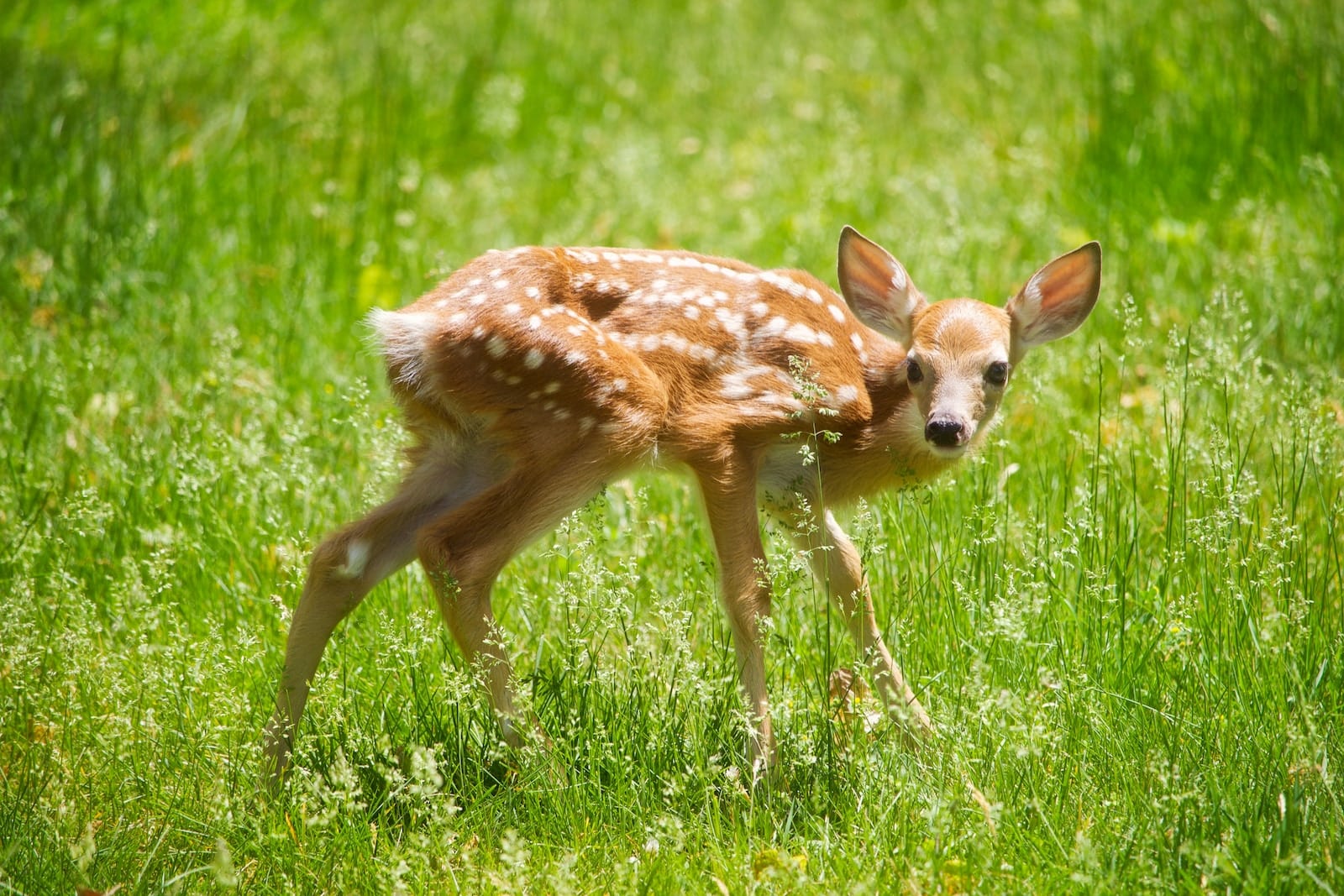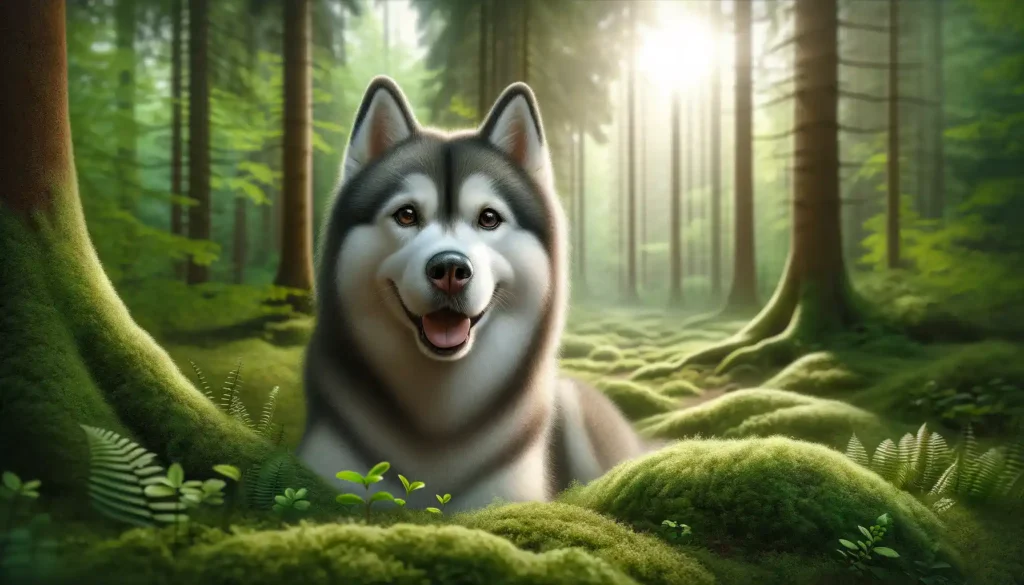The average lifespan of a deer
The average deer lives a surprisingly short life compared to its potential. While some captive deer can reach 20 years old, the average wild deer only sees 3-6 years.
This harsh reality is driven by a combination of factors, including predators, diseases, and human interaction. Despite these challenges, deer play a crucial role in the health of their ecosystems, controlling vegetation and dispersing plant life.
Their resilience and adaptability are inspiring, reminding us to appreciate their brief yet vital presence in the natural world.
Average Deer Lifespans by Gender
On average, female deer (does) tend to have a longer lifespan than their male (buck) counterparts. The average lifespan for does ranges between 10 to 15 years. Bucks often live between 8 to 12 years on average.
Why do female deer outlive males? Much comes down to mating behaviors. Buck deer engage in more risky behaviors during the mating season, like fighting other males to win over an attractive doe.
They also spend less time eating or resting during mating season. This can impact their health and shorten lifespans. Female deer don’t tend to have these issues.
Other factors that favor female longevity are earlier physical maturity and better natural defenses. Does mature around 1 to 2 years old, while bucks take 2 to 5 years to fully mature. Does also tends to stay in safer habitats, while bucks are more likely to roam beyond shelter.
Genetics, habitat conditions, mating success, predators, and hunting pressures also play into average lifespans. But in general, if a buck and doe were raised in the same conditions, the doe would be expected to live longer.
Breaking Down the Average Lifespan of Deer Species
Deer encompasses over 60 species worldwide, ranging from small pudu deer to moose. Lifespans can vary significantly between the species. On average:
- White-tailed deer live between 8 to 14 years in the wild. The oldest recorded was a Minnesota doe that lived to be 20 years old!
- Mule deer tend to live between 10 to 14 years, though they’ve been known to exceed 20 years old as well.
- Elk or red deer have slightly longer lives of 15 to 20 years, with exceptional cases of 25+ years.
- Caribou usually only live between 10 to 13 years due to harsher arctic climates.
- Moose have a lifespan between 15 to 20 years typically. One Alaskan moose was confirmed at over 30 years old when it died!
Longevity ranges a lot even within the same deer family. Harsh weather, short growing seasons, lack of shelter, high predation, and injuries during the rut contribute to the wild’s unpredictability. Some deer beat the odds and others fall short of expected lifespans.
Deer Lifespans Vary Between Captivity and the Wild

When kept in captivity under human care and safe conditions, average deer lifespans increase notably across all species.
The oldest captive deer on record was a Japanese sika deer living comfortably in Minnesota’s Cedar Creek Ecosystem Science Reserve. Flame, as she was named, lived just shy of her 29th birthday when she passed—almost double or triple what’s expected for a wild sika deer.
What allows captive deer to enjoy such outstanding longevity compared to their wild kin? Several key factors:
- Guaranteed food, water, and shelter
- No natural predators
- Veterinary care for injuries/illnesses
- Low-stress environments
- Temperature-controlled barns in winter
With all basic needs met, diseases treated, and dangers eliminated, deer can more easily reach their fullest lifespan potential. Lifespans between 20 to 25 years are common in captive deer populations.
In the Wild, Deer Face More Threats to Lifespan
The wild can be an unforgiving place for deer species. Between weather extremes, food scarcity, predators, diseases, and human activity, average lifespans tend to be much shorter than what deer are biologically capable of.
Harsh winters take a significant toll. Deer struggle in snow deeper than 8 inches, unable to travel freely or access adequate food.
Many deer die from starvation, predators, vehicle collisions, or exhaustion trying to trek in deep snow. Severe droughts also lower the food supply and cause malnutrition.
Predators are another huge danger, especially to fawns and older deer. Major predators killing deer include wolves, mountain lions, bears, bobcats, coyotes, and even domestic dogs. Certain predators impact localized deer populations more, but all contribute to cutting lives short.
Human activities like vehicle collisions and hunting also influence deer mortality rates. Over 1 million deer die on U.S. highways every year. And regulated hunting harvests over 6 million deer annually.
When you factor in all the challenges deer face just to survive each year, it’s incredible and make it past 5 or 10 years old. Those who enjoy maximum lifespans do so by avoiding diseases, predators, and hazardous weather year after year.
The Role of Genetics in Deer Longevity

Studies show that genetics play some part in influencing average deer lifespans. Just as some humans carry genes that help them live over 100 years, some deer are blessed with longevity genes.
In island habitats, deer live up to 50% longer on average compared to those on the mainland. Their isolated gene pools produce higher numbers of deer biologically equipped for greater lifespans. Superior genetics get passed down to benefit future generations.
Researchers confirmed these genetic advantages by transferring island deer to mainland habitats. Those born on the island lived markedly longer than genetically diverse mainland peers, despite sharing identical conditions.
Evolution seems to favor longer-living deer as well. In the absence of predators and hunting, deer evolved to grow bigger and enjoy lengthier lifespans over generations.
We see examples of this in Nara, Japan where some sika deer now exceed their species’ average weight due to high food availability and no predators. With fewer survival threats, there are benefits to deer having better genetics for reaching older ages.
Key Takeaways on Factors Impacting Deer Lifespans
To recap this guide on the lifespan of wild and captive deer:
- Female deer (does) typically outlive males (bucks) by 2 to 4 years due to behavioral and biological differences.
- Average lifespans differ across deer species based on body size, climate, location, and other traits – smaller pudu deer only live up to about 10 years while moose can survive over 20 years.
- Captive deer often live twice as long as their wild counterparts thanks to year-round provisions, veterinary care, and freedom from fatal threats that endanger wild populations.
- Harsh winter weather, lack of food/water, predators, hunting pressures, highways, and disease reduce average deer lifespans substantially in the wild.
- Some isolated or predator-free deer populations display genetics favoring increased longevity over time compared to mainland herds.
Understanding what makes deer lives so fleeting yet so epic reveals deeper connections to the cycles of nature we all share. Gaining awareness of deer longevity fosters greater reverence for these marvelous creatures dwelling all around us.



